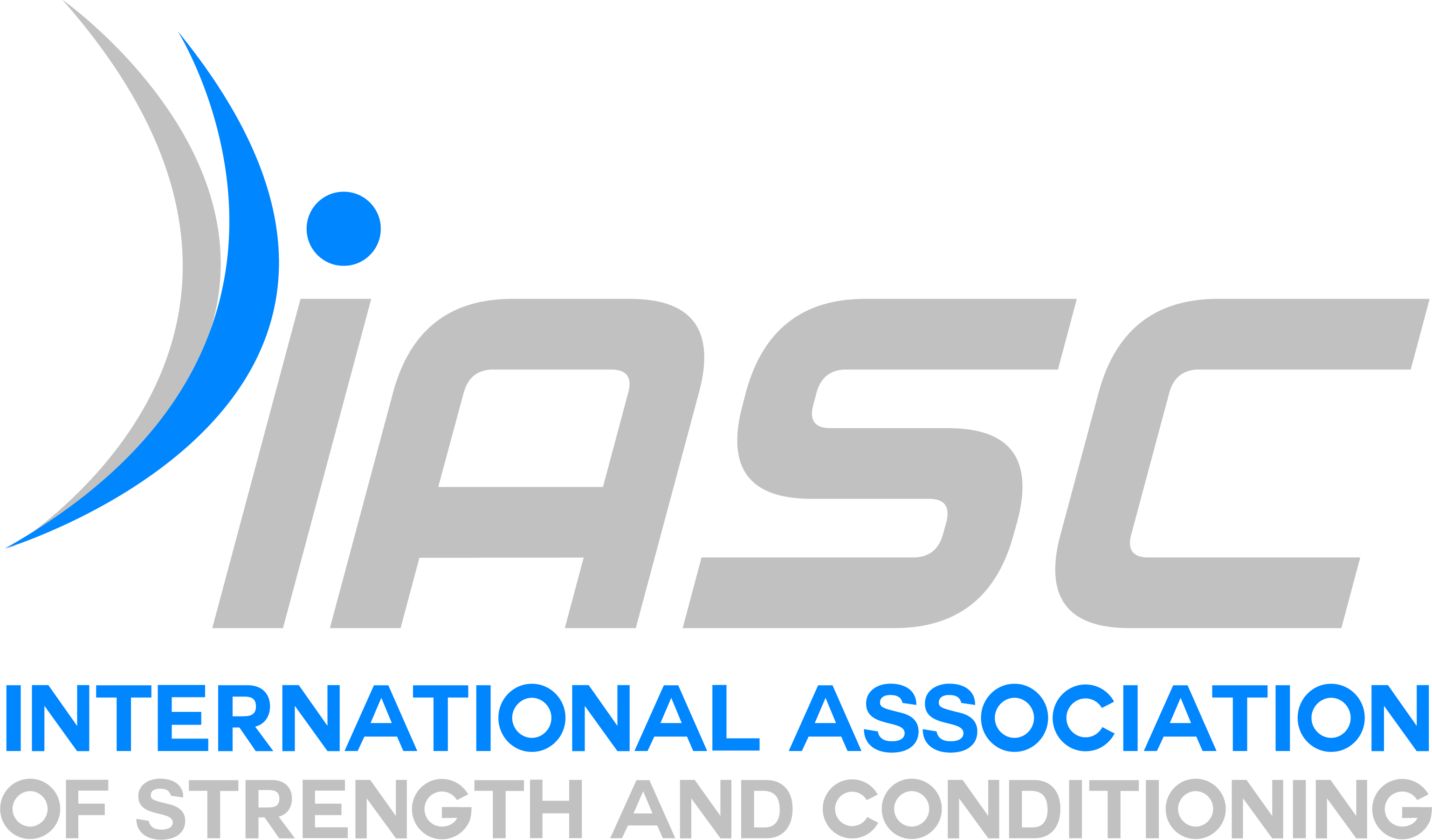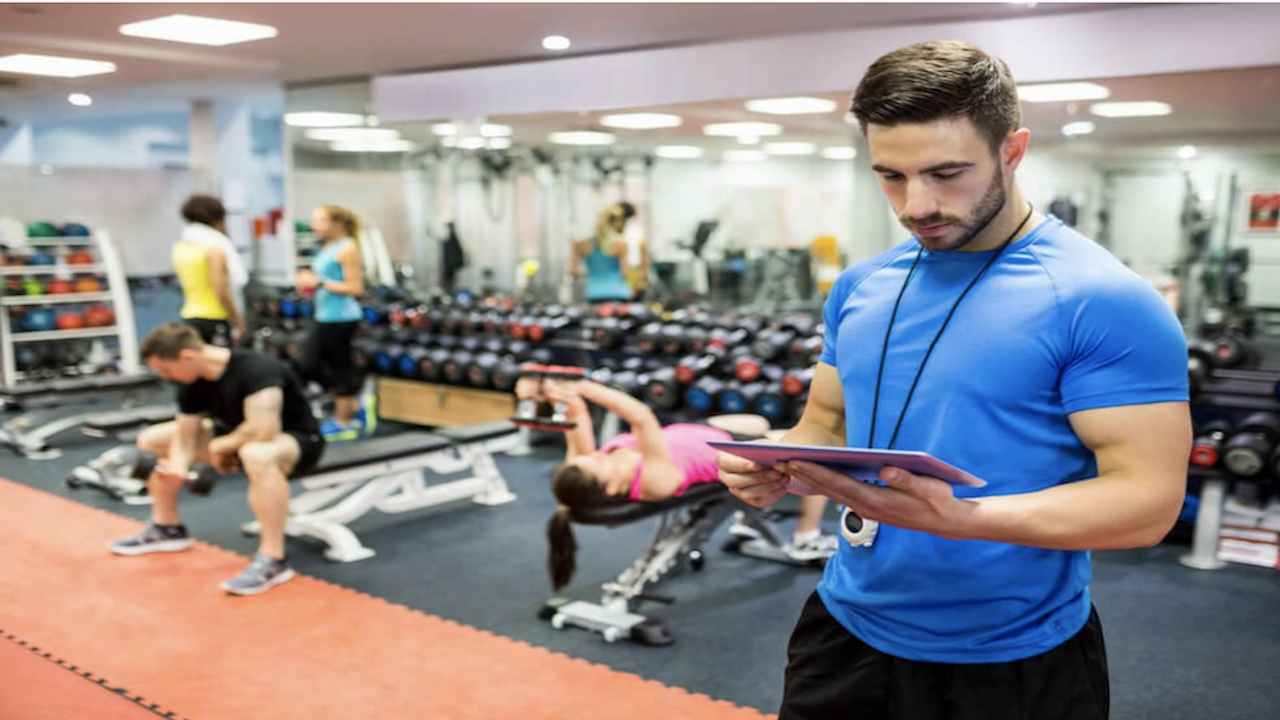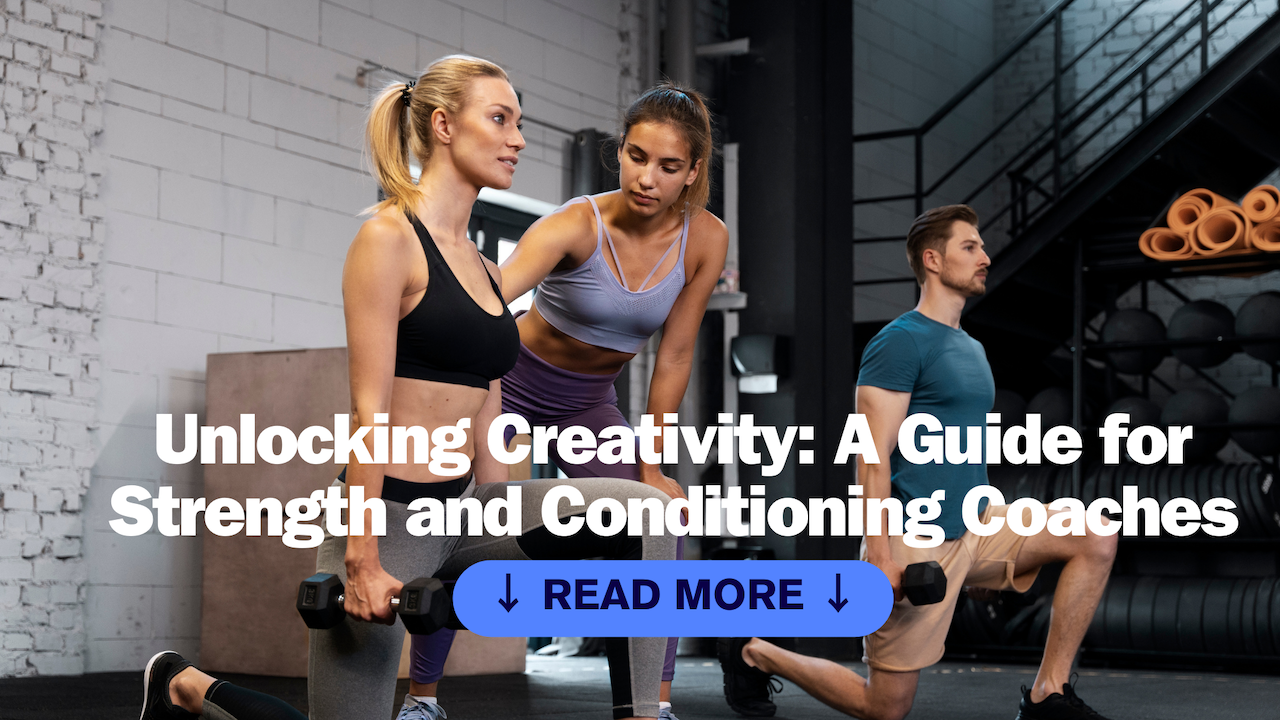Many of us are well accustomed to the development of the glory muscles. Muscles like the chest, shoulders, quads, and glutes will always get special attention in the gym – but how many people train their core correctly?
Yes, you see others doing simple exercises like leg raises and crunches to work their “abs,” but when we say core, we mean something different.
Think of the core as an entire muscular system that spans the entire surface of the stomach and back. The core is a system of muscles that starts at the hips and runs all the way up to the rib cage – supporting the body the entire way without fault.
Take a look at the main parts of the core, or trunk.
Muscle groups of the core:
The word core is broad by intention to include all muscles in the body’s midsection. The core muscles include the
- Rectus abdominis (abdominal muscle);
- Transversus abdominis (abdominal muscle);
- Multifidus muscles (back muscles);
- Internal and external obliques (abdominal muscles);
- Quadratus lumborum (a low back muscle);
- Spinal erectors (back muscles); and to some extent the
- Gluteal, hamstring, and hip rotator groups (which cross the hip joint).
Important of a strong core
Core training is essential for overall fitness and functional movement. The core refers to the muscles in the abdomen, lower back, hips, and pelvis. These muscles work together to stabilize the spine, maintain proper posture, and transfer force between the upper and lower body. Here are some key reasons why core training is important:
- Stability and Balance: A strong core provides stability to the spine, improving balance and reducing the risk of falls or injuries. It helps maintain proper alignment during various activities, such as walking, running, or lifting weights.
- Injury Prevention: Weak core muscles can lead to poor posture, which puts stress on other parts of the body, such as the back and hips. Strengthening the core helps prevent injuries by supporting the spine and maintaining proper body mechanics.
- Functional Movement: Many daily activities and sports require core strength and stability. Whether you’re picking up groceries, playing golf, or participating in martial arts, a strong core enhances your performance and reduces the risk of strain or injury.
- Improved Athletic Performance: Core training is crucial for athletes across various disciplines. It enhances power transfer from the lower body to the upper body, improves agility and speed, and allows for more efficient and controlled movements.
- Enhanced Posture and Appearance: Strong core muscles help maintain good posture, reducing the likelihood of developing rounded shoulders or a forward head posture. It contributes to an upright and confident stance, while also creating a more toned and defined midsection.
- Back Pain Relief: Core exercises can alleviate or prevent lower back pain. By strengthening the muscles that support the spine, core training helps improve spinal stability and reduces the strain on the back during daily activities.
- Functional Independence: As we age, maintaining core strength becomes increasingly important for maintaining independence and quality of life. It helps with activities of daily living, such as bending, reaching, and carrying objects, while also reducing the risk of falls and maintaining overall mobility.
Core Strength – A Crucial Element
Core strength is important for your balance, stability, body strength, weightlifting goals, and running goals. This core muscle system appeals to the aesthetics of training. Plus, it helps keep your back, neck, and hips pain-free.
This is one system that cannot go unnoticed in your training program.
Core Exercise Categories
There are three basic classes of core exercises.
- Anti-extension is the primary function of the anterior core muscles and
should be addressed in the first two or three phases of all programs.
For decades we have developed the anterior core via flexion (bringing
the shoulders toward the hips as in a crunch or sit-up, or the hips to the
shoulders as in a knee-up or reverse crunch). We now realize that these muscles are stabilizers designed to maintain a stable pelvis under a
stable rib cage and must be trained as stabilizers, not as trunk flexors.
- Anti–lateral flexion develops the quadratus lumborum as well as the
obliques as stabilizers of the pelvis and hips, not as lateral flexors of
the trunk. Similar to the anti-extension concept, varying isometric
challenges are employed to work the lateral stabilizers.
- Anti-rotation might be the key to core training. Anti-rotation strength is
developed through progressions of anti-extension exercises and through
the use of diagonal patterns and rotational forces. The program
contains no rotational exercises, such as trunk twists, Russian twists, or
twisting sit-ups.
Some of the core exercises
- Anti-extension
- Plank
- Stability Ball Rollout
- Ab Wheel Rollout
- Anti-lateral flexion
- Clock plank
- Plank reach
- Anti-rotation
- Side plank
- Side plank row
- Suitcase carry
- Farmer’s walk







